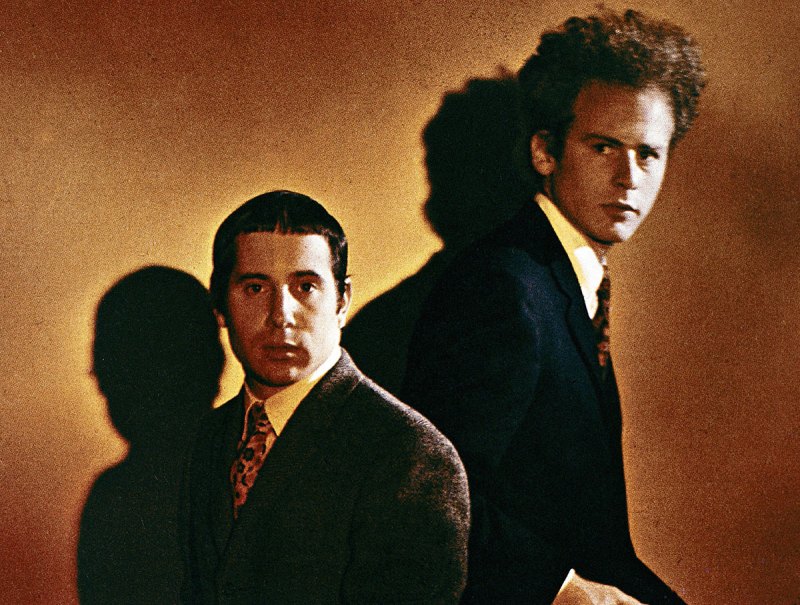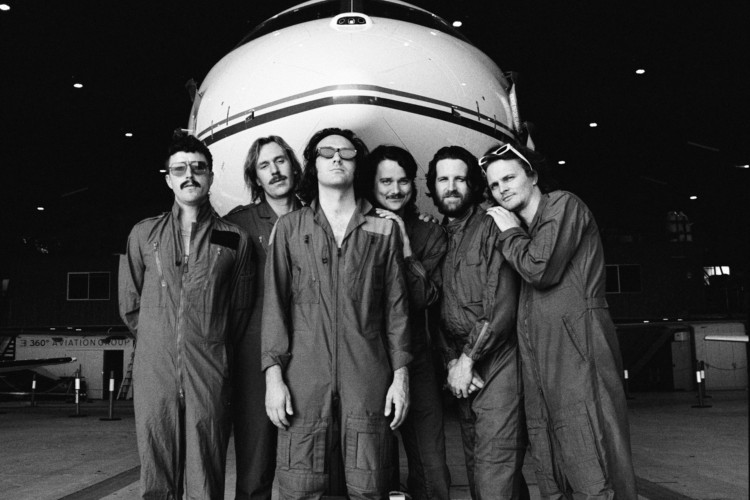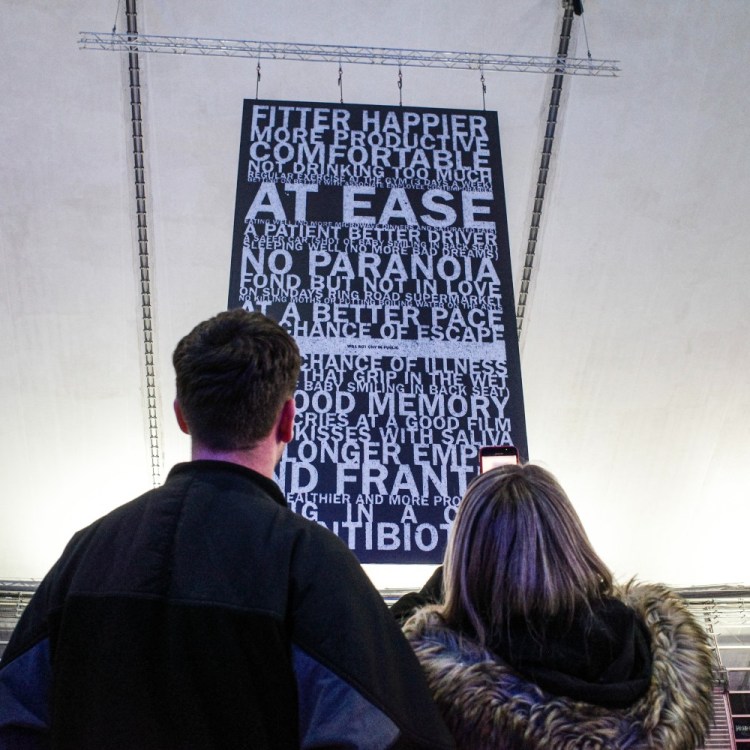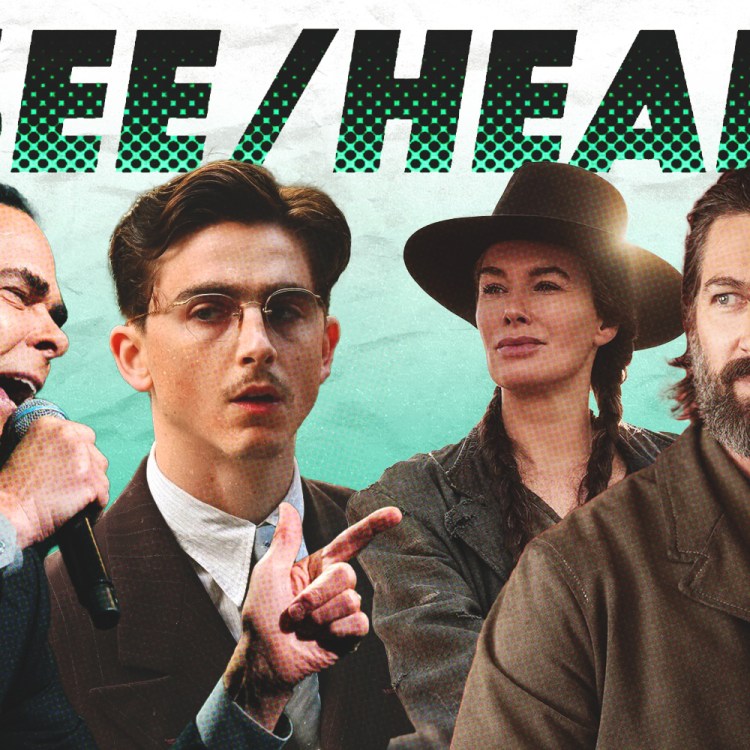Legendary folk duo Simon & Garfunkel’s fifth and final album, Bridge Over Troubled Water, released in 1970, is marked by a number of plaintive, introspective Paul Simon ballads, including the sweeping title track (sung by Art Garfunkel), “The Boxer,” and “The Only Living Boy in New York.” The latter, written about Garfunkel’s extended absence from the group, as he was exploring an acting career, would be a harbinger for the end of the group. Soon after, Simon would dissolve the duo and start his own highly successful solo career, but the exact details of the breakup have long been avoided in interviews. That is, until recently.
As part of a CNN podcast hosted by David Axelrod, the former chief strategist for Barack Obama’s presidential campaigns, Simon dug deep into how Simon & Garfunkel initially formed, the height of their early fame, and the ugliness that led to their breakup.
Simon recounts meeting Garfunkel “in the fourth grade” in a school auditorium while “waiting for the school buses to come.” To pass the time, an impromptu “talent show” started, and Garfunkel stood up and sang “They Tried to Tell Us We’re Too Young,” and blew everybody away. Including Simon. Having grown up the son of a musician, it got him interested in singing himself. Fast-forward to the pair co-writing a song in 1955 at the age of 13, “The Girl For Me,” which would end up becoming popular in their neighborhood and get them better gigs. The two would put out their first album as “Tom and Jerry” (see the “Tom” reference in the lyrics of “Only Living Boy in New York“), had a minor hit with “Hey Schoolgirl,” and got on Dick Clark’s American Bandstand.
Another highlight from the podcast is hearing about how the duo’s Wednesday Morning, 3 A.M. record came together—with Simon writing its (and the group’s) most iconic song, “The Sound of Silence,” seemingly out of nowhere. “I still find it really quite extraordinary that I wrote the song when I was 22 years old,” said Simon to Axelrod. He said he “felt like a conduit,” with the song just writing itself. It was the first time Simon felt that way about a song. Having met a girl in England, Simon wouldn’t even be around when the song blew up on American radio (producer Tom Wilson went back and added a 12-string electric guitar part and drums/bass to make it sound more like folk rock, which was the de rigueur genre of the time). It went to reach No. 1 and relaunched the duo’s career—putting them on the same level of fame as even The Beatles.
Bringing the band back to earth was the squabbling between Simon, who had become the duo’s main songwriter, and Garfunkel, who started distancing himself from his friend and bandmate. Around the writing of Bridge Over Troubled Water, “Art went down for long periods of time to Mexico to shoot [the film Catch-22], and he wanted to be in the movies, as well as do [music],” said Simon. “So he said, ‘Well, the way I see it is I’ll do movies for six months, and you’ll write songs and then I’ll come back and then I’ll sing, you know, for six months.’ And I thought, ‘Yeah, the hell with that. That’s not going to happen.’” What ended up killing the band dead was when Garfunkel took a role in the movie Carnal Knowledge and didn’t tell his bandmate. “I said, ‘Why didn’t you tell me?’ And he said, ‘I was afraid that you’d stop working on this [music] if I told you.’ So that really pissed me off, and I just decided that’s the end of that. I don’t want to do this anymore,” said Simon.
To hear the full story, listen to the full podcast here.
This article appeared in an InsideHook newsletter. Sign up for free to get more on travel, wellness, style, drinking, and culture.
























